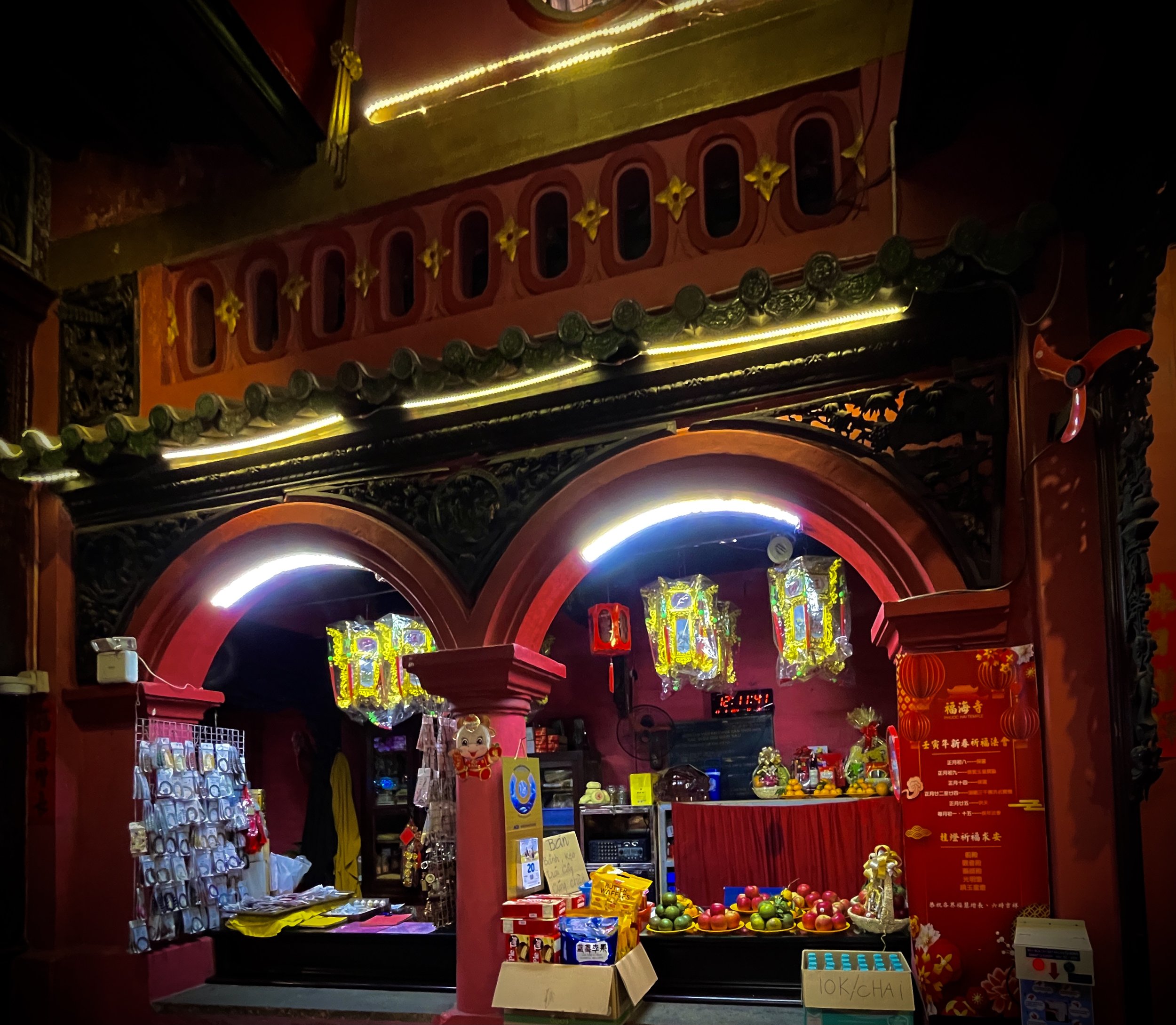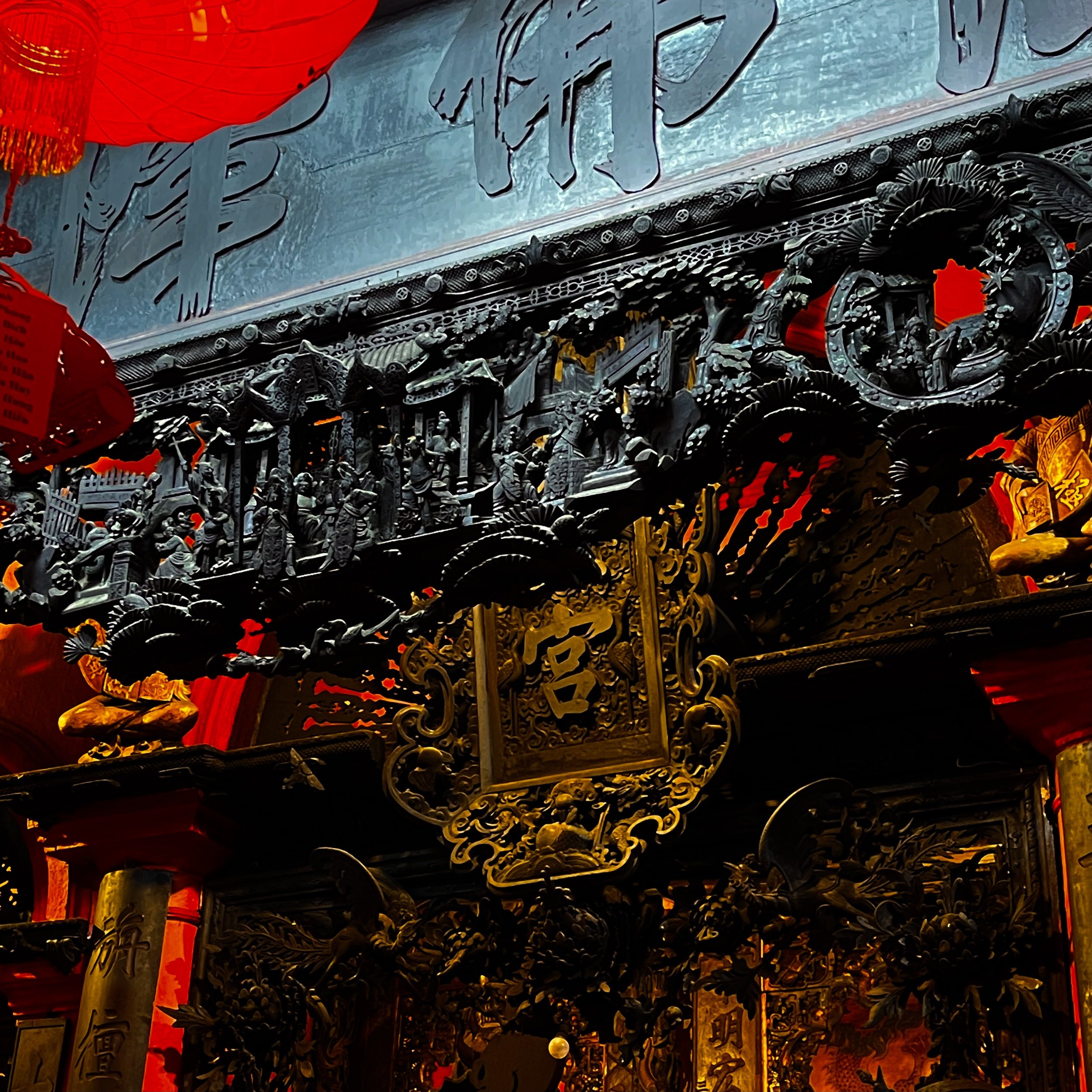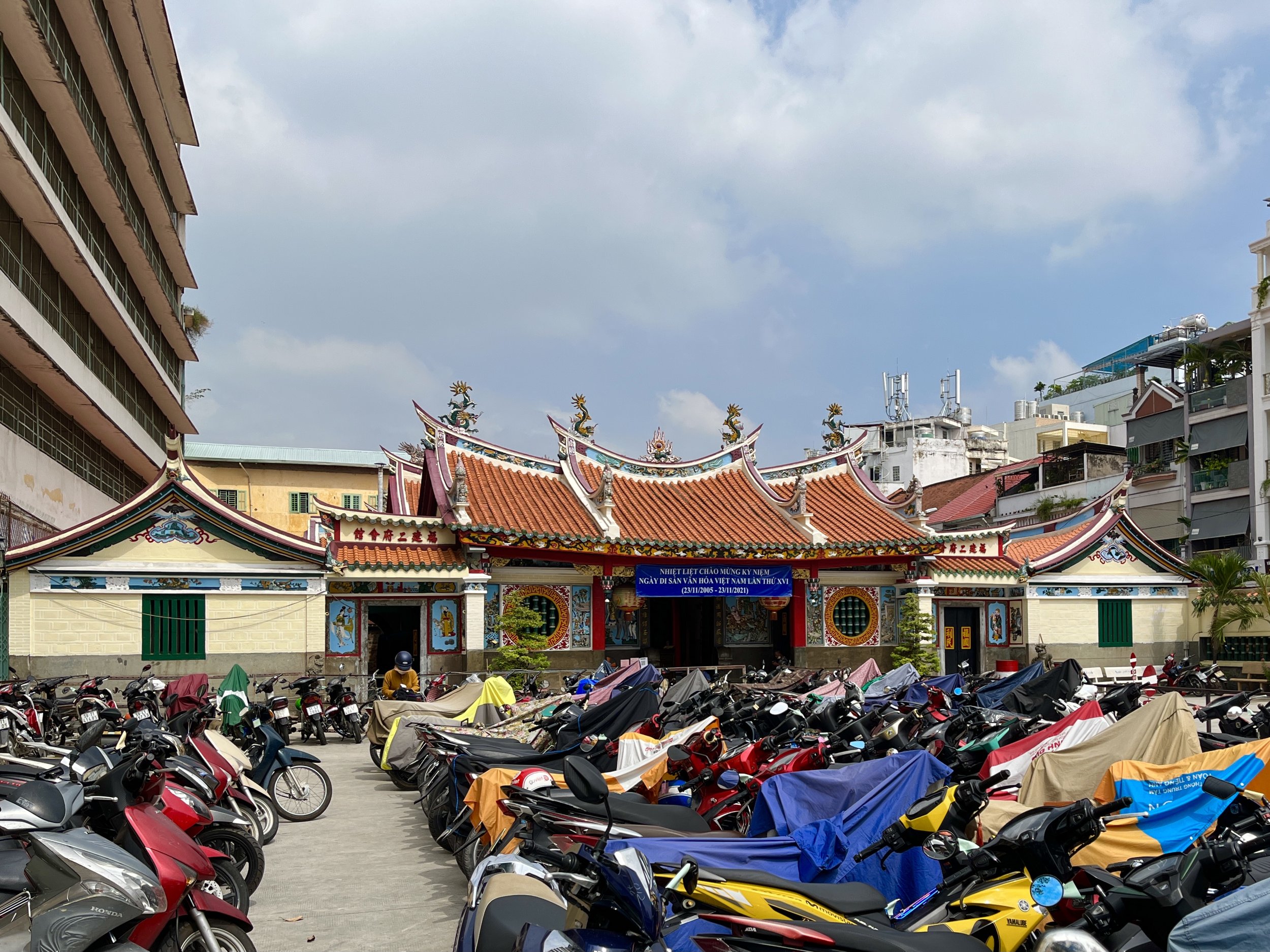Though Buddhism took off in Vietnam during the 3rd century BC, and is still the largest organized religion in the country, Taoism and the concept of the Jade Emperor entered Vietnam between three and four hundred years later (during Chinese occupation) and have become an integral part of Vietnamese folk religion.
In Chinese mythology, the Jade Emperor is the closest thing to what monotheistic Westerners would identify as God: the omnipotent ruler of heaven and earth, the precipitator of destiny and creator of life. Unlike in Western religion, the Jade Emperor has a backstory: it took him approximately 3.3 million years and several reincarnations to evolve from an untalented but benevolent local prince into a god, and an additional 9 trillion years spent fighting off evil to establish himself as the supreme god-king, ruling over the three realms (Heaven, Water, Hell).
Saigon’s Jade Emperor Pagoda was built in 1909 by the local Cantonese congregation. Though it’s on the opposite end of town from Cholon, it is right on the water, opposite the Nha Rong port; it was positioned to cater to a community actively involved in that era’s merchant trade. This temple is more famous than other temples constructed by 18th and 19th century Chinese immigrants, and I honestly can’t discern why. Yes, it has lovely woodwork, but so do others. I believe it is so popular due to the money ritual: supposedly giving a small donation to the City God, then rubbing his hand with red paper, will cause him to give the money back to you many times over.
The Jade Emperor’s birthday is the 9th day of the lunar year, so if you want to see monks and congregants in traditional dress kowtowing and chanting, that’s the best day to visit.




























































